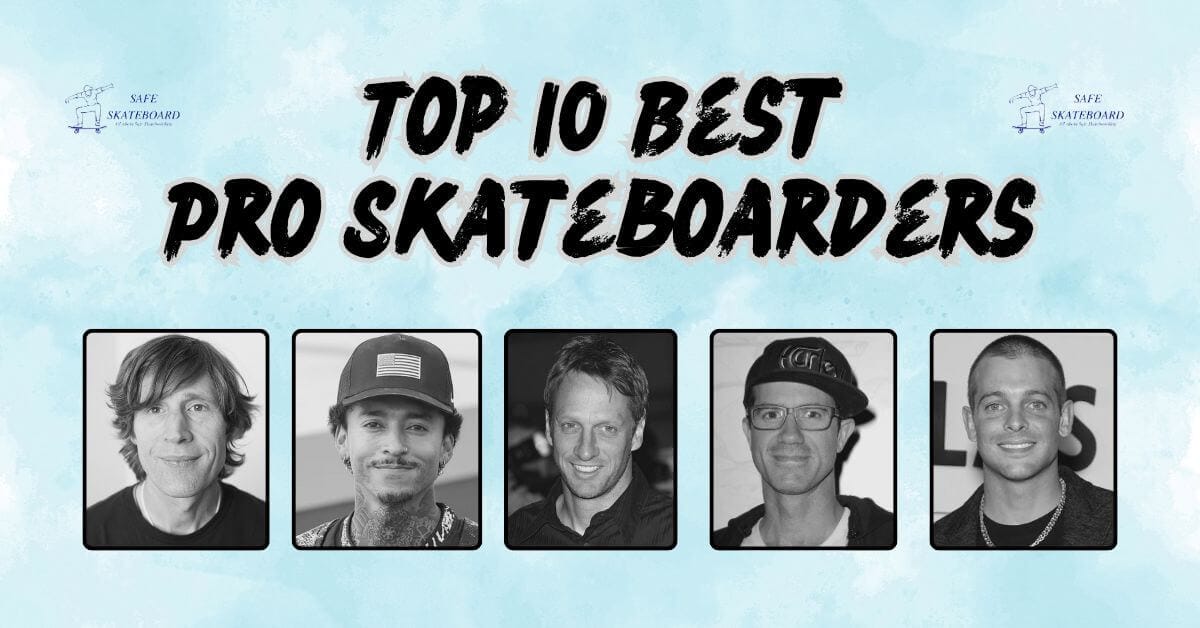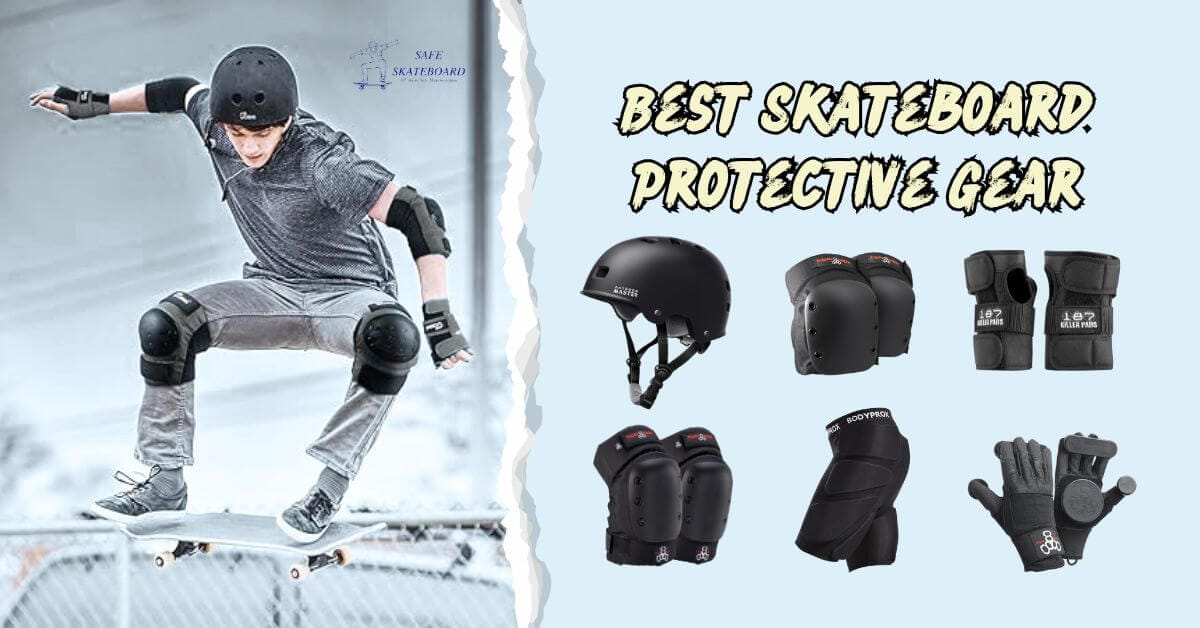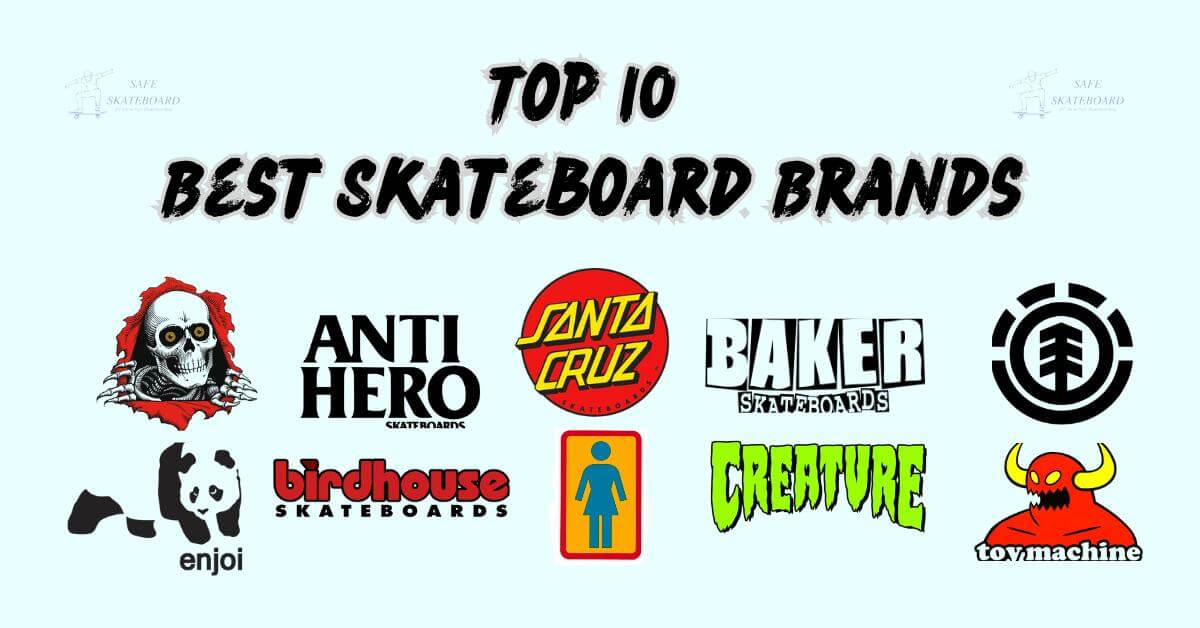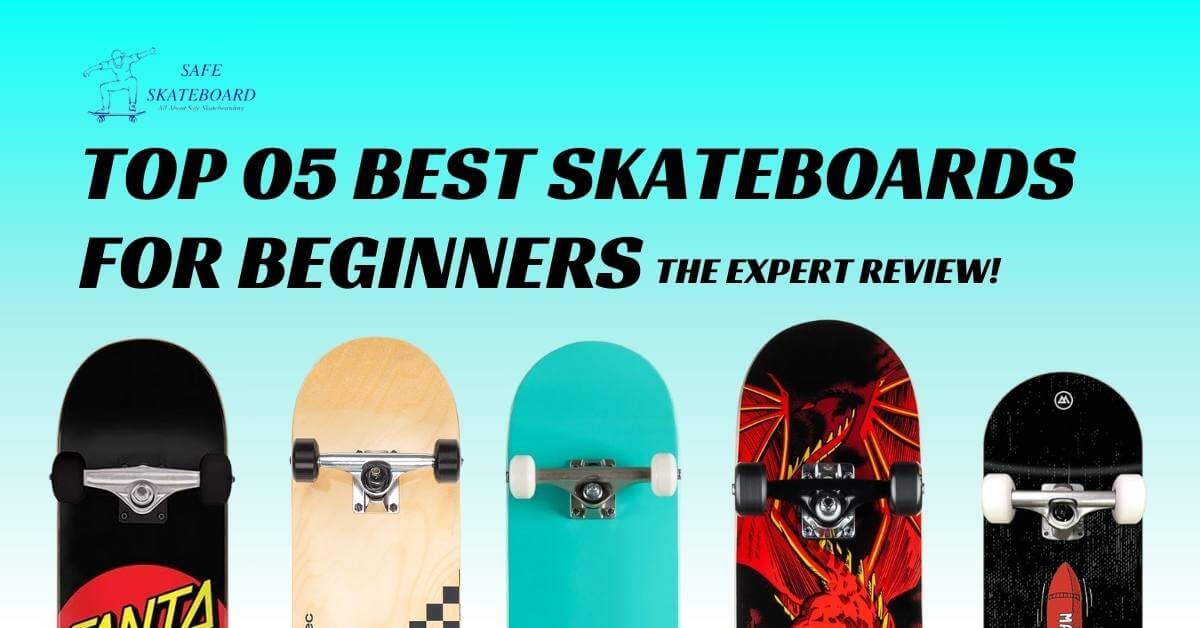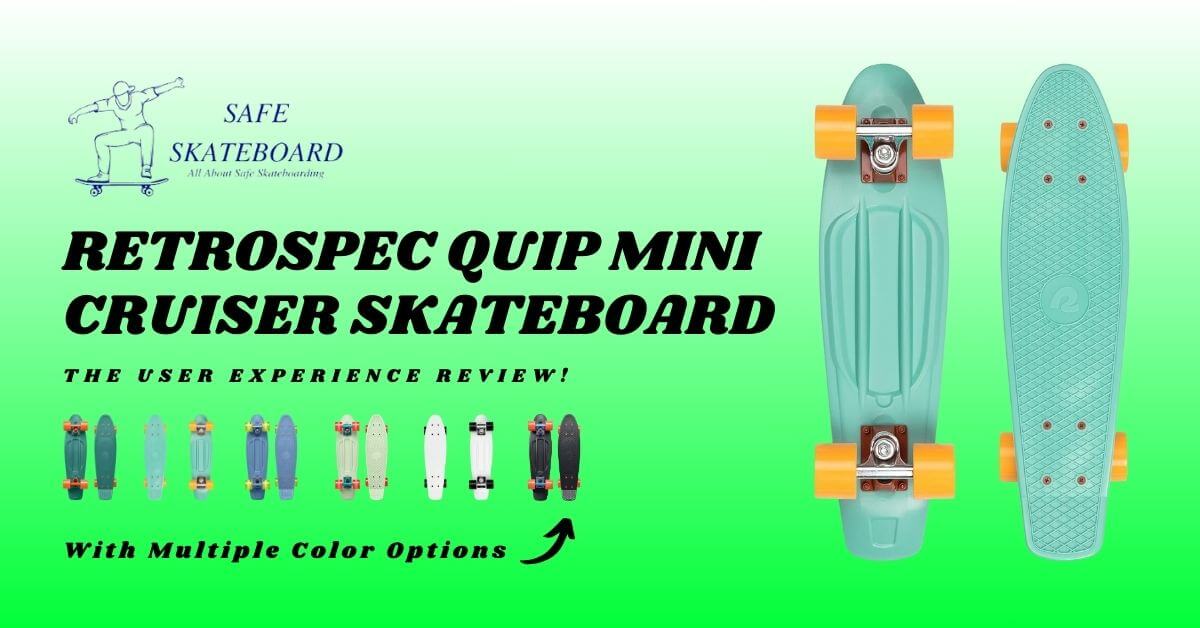Learning how to ride a skateboard is an exciting journey that combines balance, technique, and a bit of courage. Whether you’re looking for a new hobby, a way to stay active, or just a fun way to get around, skateboarding is a skill anyone can learn with the proper guidance.
In this article, I will explore a step-by-step guideline. So grab your board, and let’s get started on this exciting journey into the world of skateboarding!
What Equipment Do You Need To Ride A Skateboard?

Safety Gear
Wearing proper safety gear is critical to protect yourself from injuries while riding a skateboard. Here’s what you need:
- Helmet: Your most important safety item! Choose a skateboard-specific helmet that fits snugly and meets safety standards.
- Knee Pads: Protect your knees from scrapes and impacts, especially during falls. Look for pads with strong cushioning and adjustable straps for comfort.
- Elbow Pads: These shield your elbows from bruises and abrasions while maintaining mobility.
- Wrist Guards: Falls often involve putting your hands out to break the impact. Wrist guards stabilize your wrists and reduce the risk of fractures.
- Skate Shoes: Use flat-soled shoes with good grip for better control and stability on the board.
Investing in quality gear ensures safety and builds confidence, letting you focus on mastering skills without fear!
Choosing Your Right Skateboard
Your skateboard is the foundation of your ride, so picking the right one is crucial for beginners. A standard skateboard with a deck width of 7.5 to 8.0 inches is ideal for most beginners. It provides a good balance of stability and control while skateboarding.
How to Ride a Skateboard
In this section, I will break down everything you need to know, from finding your balance to stopping safely. Let’s get rolling!
Step 1: Find the Right Stance

Finding your stance is the foundation of learning how to ride a skateboard. Your stance determines how you stand and balance on the board. There are two main types:
- Regular Stance: Left foot forward, right foot in the back for pushing.
- Goofy Stance: Right foot forward, left foot in the back.
Once you’ve identified your stance, practice standing on the skateboard in a stationary spot like grass or carpet. Position your feet shoulder-width apart, bend your knees slightly, and shift your weight gently. Getting comfortable here makes everything else easier!
Related article: How to Stand on a Skateboard.
Step 2: Practice Balancing on the Skateboard
Balancing is the first skill you need to master when learning to ride a skateboard. Start by placing your skateboard on a stable, non-rolling surface like grass or carpet. This prevents the board from moving while you focus on your stance.
Step onto the board with your front foot near the front bolts and your back foot near the tail. Keep your knees slightly bent to lower your center of gravity—this improves stability.
Next, practice shifting your weight gently from side to side to feel how the board responds. Engage your arms for balance, keeping them relaxed.
Balancing skateboard takes practice, but this stationary exercise builds confidence and prepares you for rolling on smoother surfaces.
Step 3: Learn to Push Off and Glide
Now it’s time to Push the skateboard! Follow these steps:
- Position Your Front Foot: Place it near the front bolts at a slight angle.
- Push Off: Use your back foot to push against the ground gently. Start slowly to maintain control.
- Place Your Back Foot: Once the board starts moving, place your back foot on the tail or near the rear bolts.
- Glide: Let the board carry you while keeping your knees bent and your body relaxed.
Pro Tip: Look forward, not down. This helps you maintain balance and predict your movements.
Step 4: Master Turning (Carving)
Turning, or carving, is a crucial skill for steering and controlling your skateboard. Start by riding at a slow, comfortable speed. Keep your front foot near the front bolts and your back foot near the tail to maintain balance.
To turn, shift your weight slightly without overcommitting.
- For a toe-side turn (left if regular, right if goofy), lean forward, pressing your toes gently into the board.
- For a heel-side turn (right if regular, left if goofy), lean backward, applying pressure on your heels.
Focus on small, wide turns at first to understand how the board reacts to your movements. As you practice, you’ll be able to carve sharper turns with more confidence. Keep your knees bent, and look in the direction you want to go!
Step 5: Learn How to Stop

Stopping is just as important as starting when you ride a skateboard. Here are three beginner-friendly techniques to master:
- Foot Brake: Take your back foot off the board while keeping your front foot stable. Drag your back foot lightly on the ground to slow down the skateboard gradually. This is the easiest and safest method for beginners.
- Heel Drag (Longboards): Shift your weight onto your back foot and press the heel onto the ground. This slows the board without requiring you to lift your foot off.
- Jump Off (Emergency Stop): If you lose control, jump off safely. Let the board roll away, but be mindful of your surroundings.
Practice these regularly to build confidence in stopping smoothly and safely!
Step 6: Practice and Build Confidence
Consistency is vital when learning how to ride a skateboard. Start practicing on Skatepark, flat, smooth surfaces like driveways or empty parking lots. Focus on one skill at a time—balancing, pushing, turning, and stopping.
Set small goals for each session, like gliding a few feet without wobbling or mastering a safe stop. Progress comes with consistency, so practice daily.
Remember to stay relaxed and embrace mistakes—they’re part of learning!
FAQs About How To Ride a Skateboard
How long does it take to learn to ride a skateboard?
Most people can learn to balance and glide within a week of consistent practice. Mastering tricks and turns may take a few months.
What’s the best age to start skateboarding?
Skateboarding is for all ages! Kids as young as five can start, provided they use proper safety gear. Adults can learn too—it’s never too late to start.
How do I avoid injuries while learning?
Wear safety gear, practice on flat surfaces, and take it slow. Avoid busy areas until you’re confident in your control.
Final Thoughts
Riding a skateboard is all about patience and practice. Start with the basics: balance, pushing, and stopping. Once you feel confident, you’ll unlock a world of fun, creativity, and adventure on your skateboard.
Now it’s time to grab your board, gear up, and hit the pavement! If you have any questions or tips of your own, drop them in the comments below. Let’s ride!













